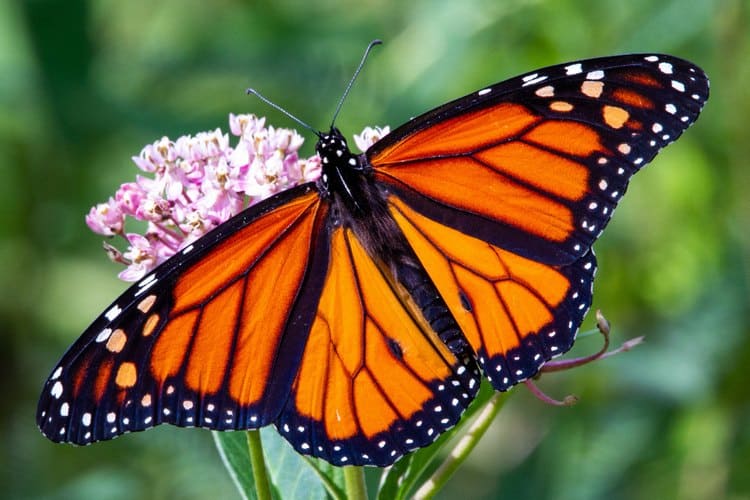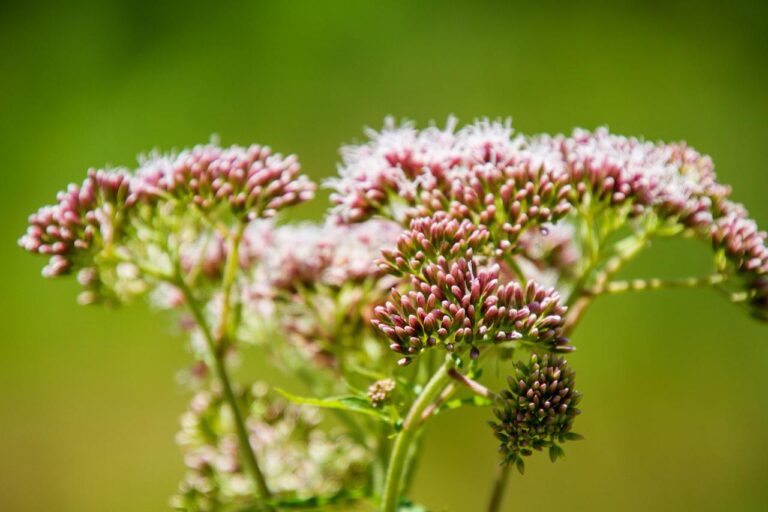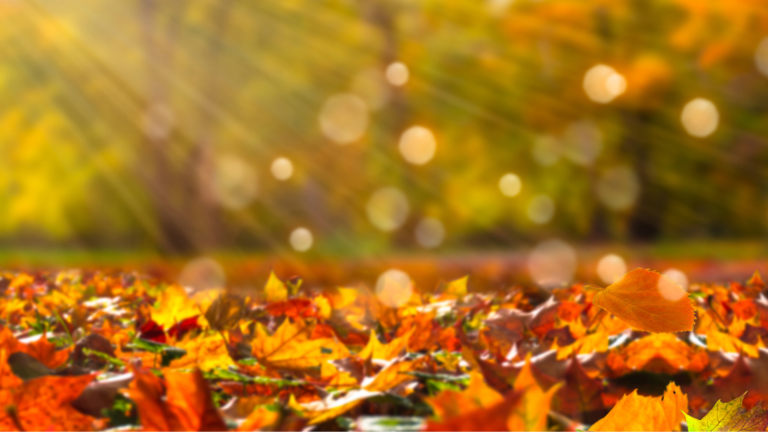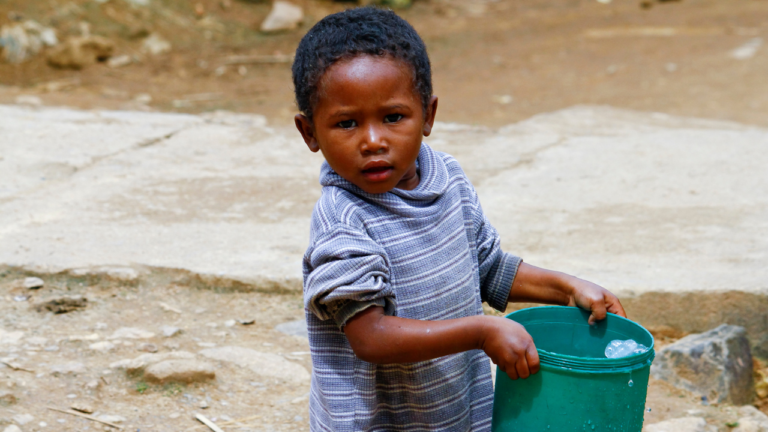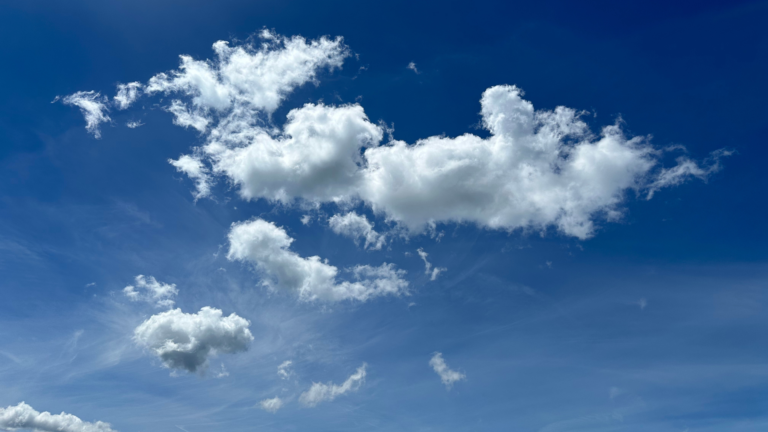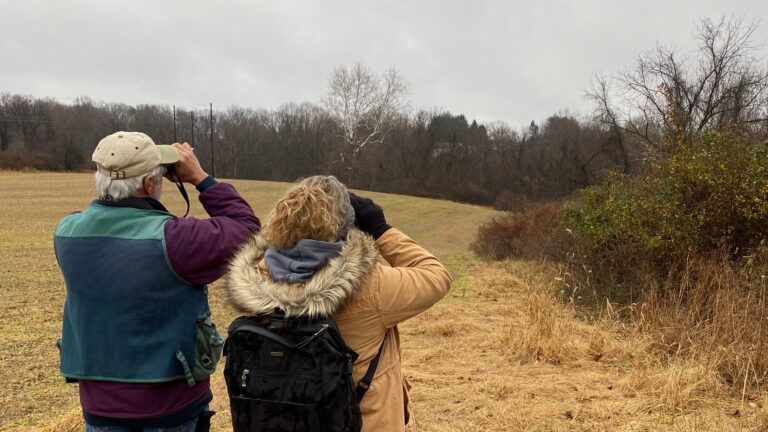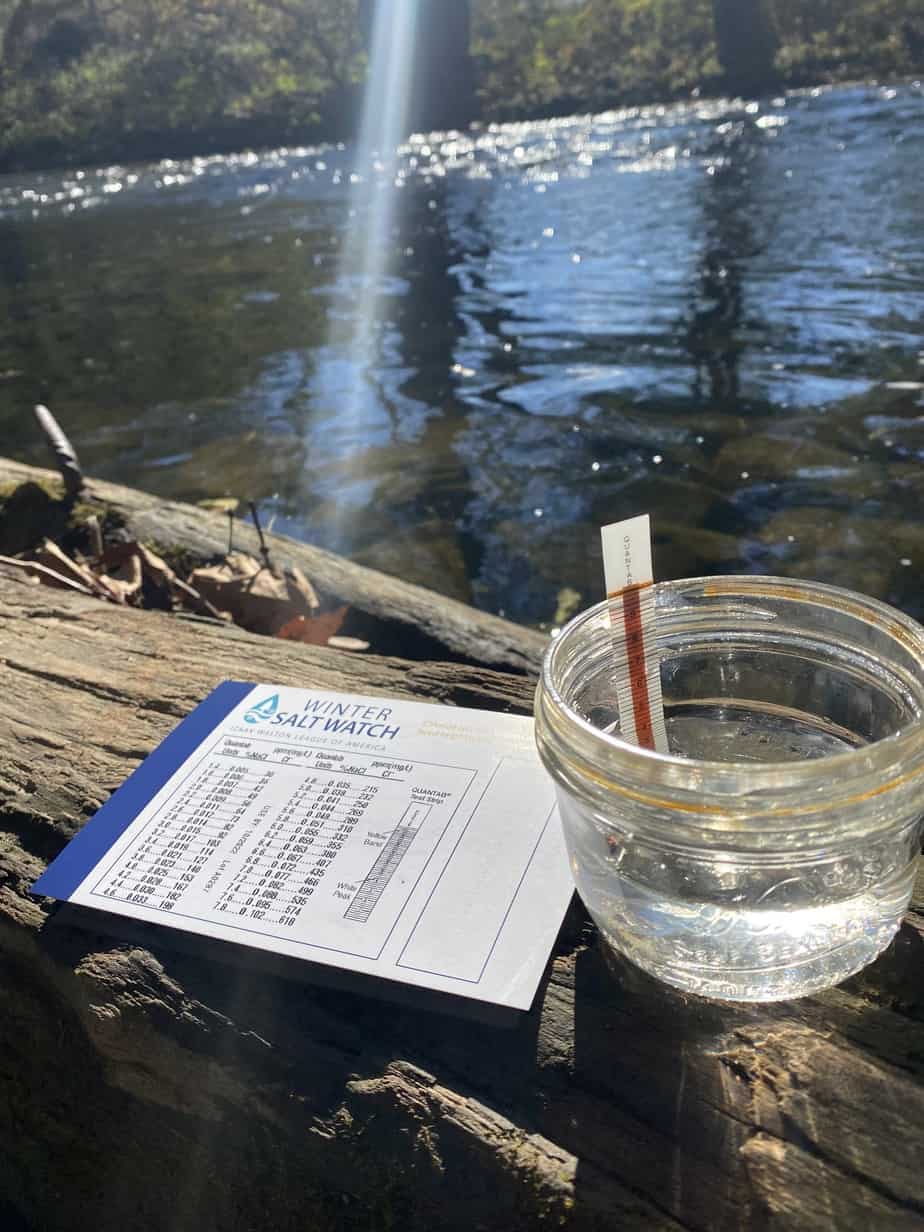Butterflies in Peril: Help Save the Monarch
There is something magical about the monarch butterfly. When we see one, it leads us to pause and take in their incredible beauty. We love to watch the flapping of their wings as they settle on a flowering plant. But are you aware that those magical moments are becoming less and less common? In fact, butterflies are in peril. But we can reverse the trend. So why not have your family or homeschool group join as we all help save the monarch.
Why are monarchs important?
Like many flying insects, monarchs are important pollinators. While feeding on nectar, they pollinate many types of flowers. Monarch butterflies are also an important food source for birds, small animals, and other insects. They are an essential link in the food chain.
What is happening to monarch populations?
The statistics don’t lie. Monarch populations in the U.S. are plunging. According to the Center for Biological Diversity, eastern monarch populations have dropped 80% in the past two decades. Sadly, it is even worse on the West Coast where only 2,000 monarch butterflies remain, a drop of 99%. Scientists want to save the monarch so urgently that they have applied for them to be included as an endangered species. In fact, the U.S. Fish and Wildlife Service predicts that their population could collapse within fifty years. That is scary!
Why are monarch butterflies in peril?
Monarchs are migratory insects. They can travel up to 3000 miles from the northeastern U.S. and southeastern Canada to the mountain forests in central Mexico. There they hibernate from the beginning of November to mid-March. They need favorable conditions all along the way, both in the journey and the destination. That is where their lives have become more challenging.
We are making their lives hard in a variety of ways. First of all, monarch butterflies depend on the milkweed plant to survive. Without milkweed, their caterpillar larva are not able to develop into a butterfly. Sadly, according to Save Our Monarchs, the milkweed population has gone down 90% in the past thirty years. This is due to a number of reasons. First, we are destroying habitat due to development. Second, farmers are spraying pesticides on the fields where they live. Third, people are planting invasive tropical milkweeds which are unhealthy for the butterflies. And of course, there is climate change.
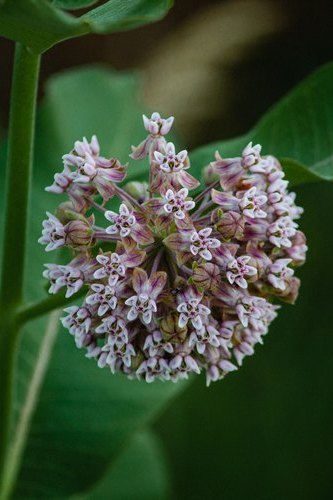
Photo by Jeffrey Hamilton for Unsplash
How is climate change affecting monarchs?
As described by the U.N. Environment Programme, a monarch butterfly’s body and behavior are being affected. When hibernating, a monarch needs the temperature to stay cool, so it can slow down its metabolism. But they freeze if it is too cold. Unfortunately, climate change can impact both, causing warmer temperatures in general but also erratic freezing events. Butterflies also have internal cues to signal to them when to head north. As the earth becomes warmer, those cues become disrupted. It delays or even stops them from wanting to migrate north to their food sources. They need those sources to reproduce. Unfortunately, milkweed also doesn’t grow as well when the earth warms up. It will have to start growing farther north to remain healthy. But that would mean a longer trip from Mexico for the monarchs. Therefore, they would be traveling more and reproducing less!
So how can we help save the monarch?
By gardening! Your family can help give monarchs a place to eat and breed by planting milkweed and other pollinating plants. The organization Save Our Monarchs has a goal of planting over 25,000 pollinator gardens across the U.S. in 2022 alone. If you want to maximize your impact, your yard can even become a certified Monarch Waystation. So help your kids to get their hands dirty and learn valuable skills. We have developed a FREE project guide to show how you can help save the monarch. Learn how to:
- Conduct a sun survey to find an optimal location.
- Find out how to select the best plants for your location.
- Learn how to plant your garden.
Head on over to sign up for our FREEBIE: Monarch Garden Project .
You can also learn more about monarch migration from our blog post, “Monarch Migration: Track Butterflies on Their Journey“. And check out other community science ideas on our blog post, “A Year of Community Science”.

